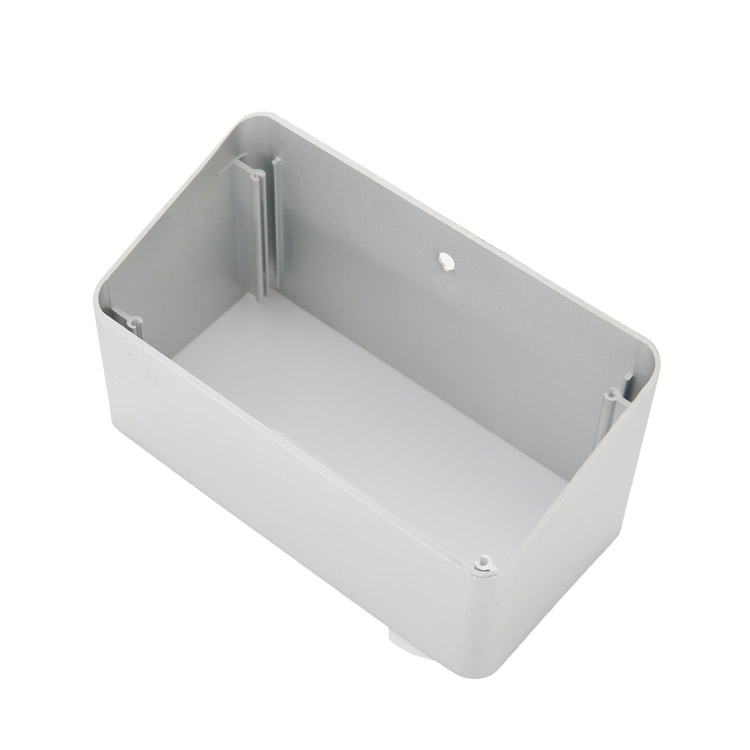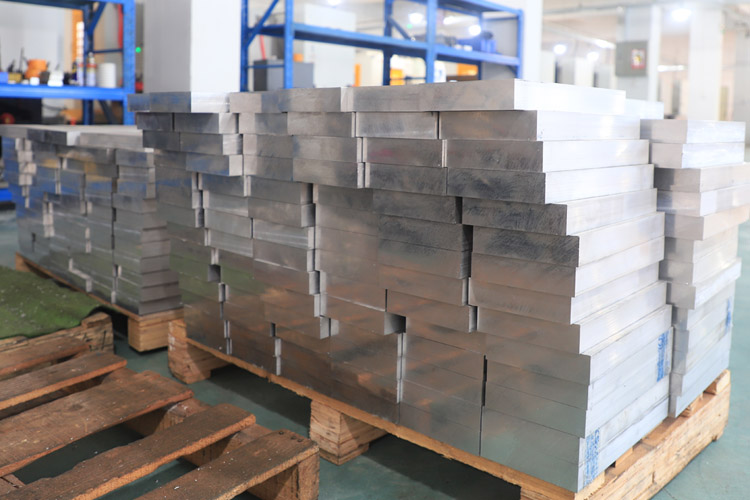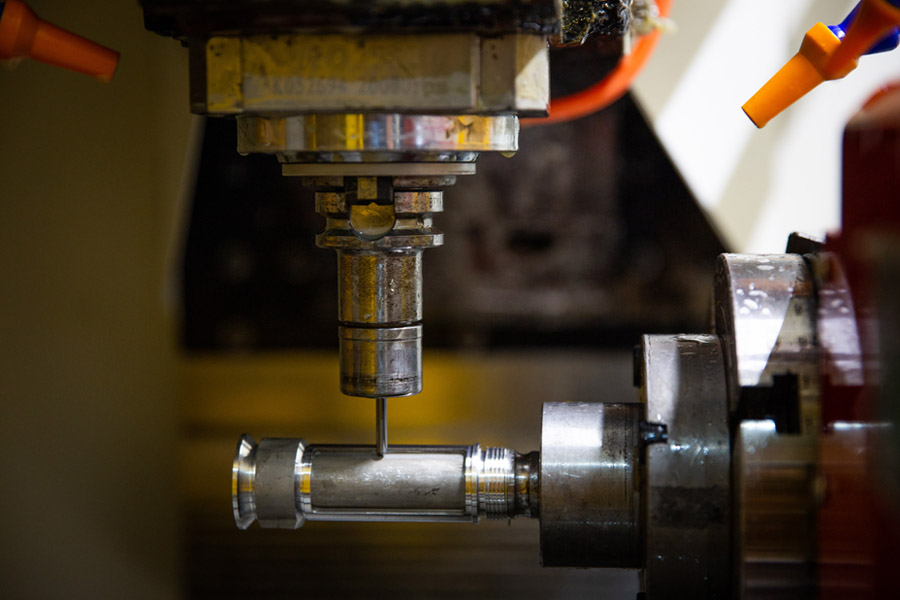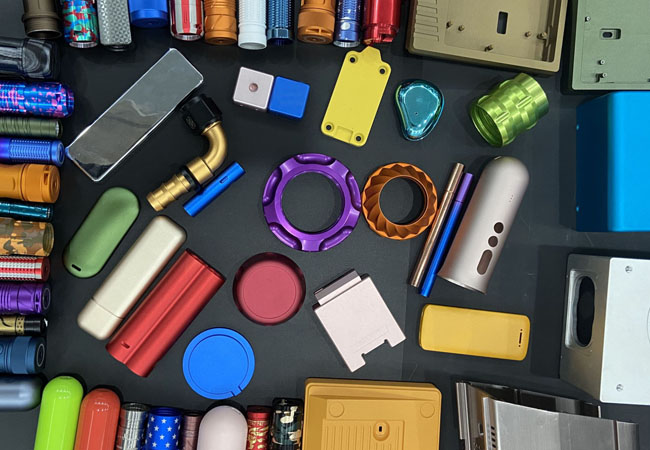VMT’s blogs aim to share our practical experience and knowledge accumulated during the manufacturing and product development process. Our goal is to use these articles to help you improve product design and increase your understanding of CNC machining, 3D printing, rapid prototyping, low-volume manufacturing, and surface treatment technologies. The information we provide is designed to provide actionable guidance and insights for your CNC machining projects.
Advantages and Applications of CNC Aluminum Housings
CNC machining technology has a wide range of applicability and can process a variety of materials, providing convenience for the personalized production of aluminum housings. Using CNC to machine aluminum housings can get rid of the fixed limitations of standard aluminum housings and allow the shape, size, holes, grooves, fixing points and appearance details to be customized according to specific needs. This article will take you to explore the advantages and applications of CNC aluminum housings to better help your housing CNC machining projects.
CNC Machined Aluminum Housing Products
CNC-machined aluminum housing products are made using advanced CNC technology, leveraging aluminum alloy materials for precision and durability. These CNC housing solutions are carefully crafted on machine tools according to preset programs, ensuring the highest quality and accuracy.
The use of aluminum alloys provides a lightweight, strong, and corrosion-resistant housing option that meets the demands of industries like electronics, automotive, aerospace, medical, and industrial machinery. Whether it’s for custom aluminum machining or standard applications, CNC machining guarantees precise dimensions, smooth surfaces, and exceptional performance. Aluminum housing products, produced through the expertise of aluminum assoc manufacturers, offer a reliable and efficient solution for a wide range of industrial and commercial needs.

Advantages of CNC Aluminum Housings
Lightweight and strong: CNC machining technology can accurately produce aluminum housing, achieving a lightweight design while maintaining its strength. The low density of aluminum alloy makes the housing light, while CNC machining ensures that its structure can withstand the stress and impact of daily use.
Effective heat dissipation: The high thermal conductivity of aluminum makes CNC-machined aluminum housings an ideal choice for devices that require good heat dissipation performance. Through the precise design of heat dissipation structures, such as heat dissipation fins and air ducts, the operating temperature of the device can be effectively reduced.
Processing flexibility: CNC machining technology can flexibly respond to various complex design requirements, from simple cutting to complex surface processing, and can achieve high precision and high efficiency.
Durability and beauty: The aluminum housing after CNC machining, combined with surface treatment processes such as anodizing and painting, can not only improve corrosion resistance and durability, but also give it an attractive appearance.
Product Material of CNC Aluminum Housing
There are many grades of aluminum, the most commonly used grades are AL5052, AL6061, AL6063, and AL7075.
AL5052: Due to its good plasticity and resistance to cracking at bends, AL5052 is often used in the manufacture of sheet metal parts for automation equipment, making the processing process smoother.
AL6061 and AL6063: These two aluminum materials are widely used in the shells and internal structural parts of 3C electronic products (such as mobile phones, tablets, etc.) due to their moderate strength, easy processing and corrosion resistance. They are also commonly seen in internal components of automation equipment, door and window manufacturing, and automobile manufacturing, meeting the needs of lightweight, strength and durability.
AL7075: AL7075 is known for its high strength and hardness. It is mainly used in fields with extremely high requirements for material properties, such as aerospace (aircraft, rockets, etc.) structural parts, key components in shipbuilding, and mechanical parts that require high strength and wear resistance.

Machining and Manufacturing
The machining of the aluminum housing is a precise, multi-step manufacturing process:
Design Stage:
Using CAD software, 3D model design and drawing are carried out according to the actual needs and expected appearance of the product. This ensures clear guidance for the subsequent manufacturing process.
Programming and Material Preparation:
Convert the CAD design into a program that the CNC machine can recognize, including specific tool paths and processing parameters. At the same time, select the appropriate aluminum alloy material, such as AL6061 or AL7075, according to the design and cut it into billets of appropriate size as needed.
CNC Machining:
The prepared blank is fixed on the CNC machine tool and automatically processed according to the preset program. This process includes cutting the contours, slots and grooves of the shell with an end mill, and drilling and tapping with drills and taps.

Post-Machining:
After machining, deburring is carried out to carefully remove metal chips and uneven edges left over from the machining process to ensure that the surface of the shell is smooth and flawless. Subsequently, comprehensive quality inspection is carried out to strictly check the dimensional accuracy, shape compliance and surface quality of the shell to ensure that all parameters meet the established standards. Finally, targeted surface treatment is carried out according to the specific needs of the customer and the intended use of the shell.
Surface Treatment of CNC Aluminum Housing
After aluminum housing is processed by CNC, a variety of surface treatment processes can be used to enhance its appearance and performance. Oxidation, electroplating, electrophoresis and spraying are the four most common methods. Among them, oxidation treatment is often used because it can improve the appearance and texture of the product and is cost-effective. However, the specific surface treatment process to be used needs to be determined according to the actual needs of the customer. We will provide corresponding suggestions for the customer’s reference.

Application of CNC Aluminum Housing
CNC aluminum housings are used in many industries due to their excellent performance and wide range of applications:
Electronics: CNC aluminum housings are popular in the consumer electronics sector, especially for smartphones, tablets, and laptops. They use CNC technology to ensure that the product’s structure is strong and durable, bringing users a comfortable and reliable experience.
Automotive industry: With the development of lightweight automobile trends, CNC aluminum houshings have become an important element in automobile manufacturing and are used in parts and body panels. The lightweight and high-strength characteristics of aluminum alloys effectively reduce vehicle weight and improve fuel economy while maintaining good structural strength and corrosion resistance.
Aerospace: In the aerospace field, CNC aluminum housings are favored for their high strength, corrosion resistance, and precise processing capabilities. They are used in the manufacture of key components and housings for aerospace vehicles, such as aircraft and rockets, ensuring the safety and long-term stability of these vehicles in extreme environments.
With custom aerospace machining, these aluminum housings can be tailored to meet the exacting standards required for aerospace applications, offering precision, durability, and reliability in mission-critical components. The ability to produce custom solutions through advanced CNC machining ensures that every part performs optimally under the harshest conditions.
Medical equipment: The medical equipment field has extremely strict requirements on materials. CNC-machined aluminum alloys are the first choice due to their good corrosion resistance and strength-to-weight ratio. These shells not only provide protection for the precision instruments inside to prevent external interference and damage, but also ensure that the medical equipment can operate stably for a long time with their durability. In addition, the portable boxes of handheld medical devices are often made of aluminum shells, which are convenient for medical staff to carry and operate.
Industrial equipment: Facing challenges such as high temperature, corrosion and wear in industrial environments, CNC aluminum housings demonstrate their excellent durability and stability. They can adapt to various complex working conditions and ensure that industrial equipment can still operate reliably under harsh conditions.
In Conclusion:
CNC aluminum housing has shown great application potential in many fields with its significant advantages such as high precision, high efficiency, flexibility, lightweight, high strength, corrosion resistance and aesthetics. (Note: If you want more information about CNC machining aluminum shells, you can click this link: https://vmtcnc.com/product-item/electronic-aluminum-shell/)
Start Your CNC Aluminum Project
Contact VMT, where we are committed to providing you with high-quality custom CNC aluminum housing machining and a full range of other CNC aluminum machining services. We focus on accurately meeting your personalized needs for precision parts. With advanced CNC machining technology and extensive manufacturing experience, we can produce products strictly according to your specifications and design drawings.
Whether you require the machining of complex shapes or the achievement of extremely high precision standards, VMT is dedicated to delivering tailored solutions. As a leader in custom machining services Inc., we ensure every product meets the highest quality standards for your unique requirements.
Frequently Asked Questions About CNC Aluminum Housings
Dimensional Accuracy of CNC Aluminum Housings
The machining accuracy of CNC aluminum housings varies according to their specific application requirements. For parts that require highly precise dimensions, the machining process will be more complicated, which may make production more difficult, and the stability of dimensional control is relatively difficult to maintain, which increases the proportion of defective products to a certain extent. Therefore, in order to meet these high-precision requirements, manufacturers need to invest more resources, including time, raw materials and precision equipment, which inevitably increase production costs.
What is The Difference Between CNC Aluminum Housing Mrocessing and Die Casting?
Machining method: CNC machining is the precise cutting of materials by computer-controlled machine tools; die casting is the injection of molten aluminum into a mold and cooling it into shape.
Precision: CNC machining has high precision and is suitable for fine parts; die casting has slightly lower precision and is suitable for simple parts produced in batches.
Cost: CNC machining equipment has a high cost and is suitable for small batch customization; die casting is suitable for mass production, with high mold cost but low unit cost.
Production efficiency: CNC machining is flexible but has limited efficiency in mass production; die casting is suitable for large-scale and efficient production.
What are The Defects of CNC Aluminum Housing Machining?
Common defects in CNC aluminum housing machining include surface scratches, coating shedding, plate exposure, color cast, paint flow and powder accumulation, dimensional accuracy and plane clearance tolerance, tail shrinkage, oxide slag, coarse grains and low strength. These defects are mostly caused by improper materials, equipment, processes or operations, affecting appearance, performance and service life. In order to reduce defects, it is necessary to strengthen raw material inspection, optimize process parameters, improve operating skills, regularly maintain equipment and strengthen quality inspection.



